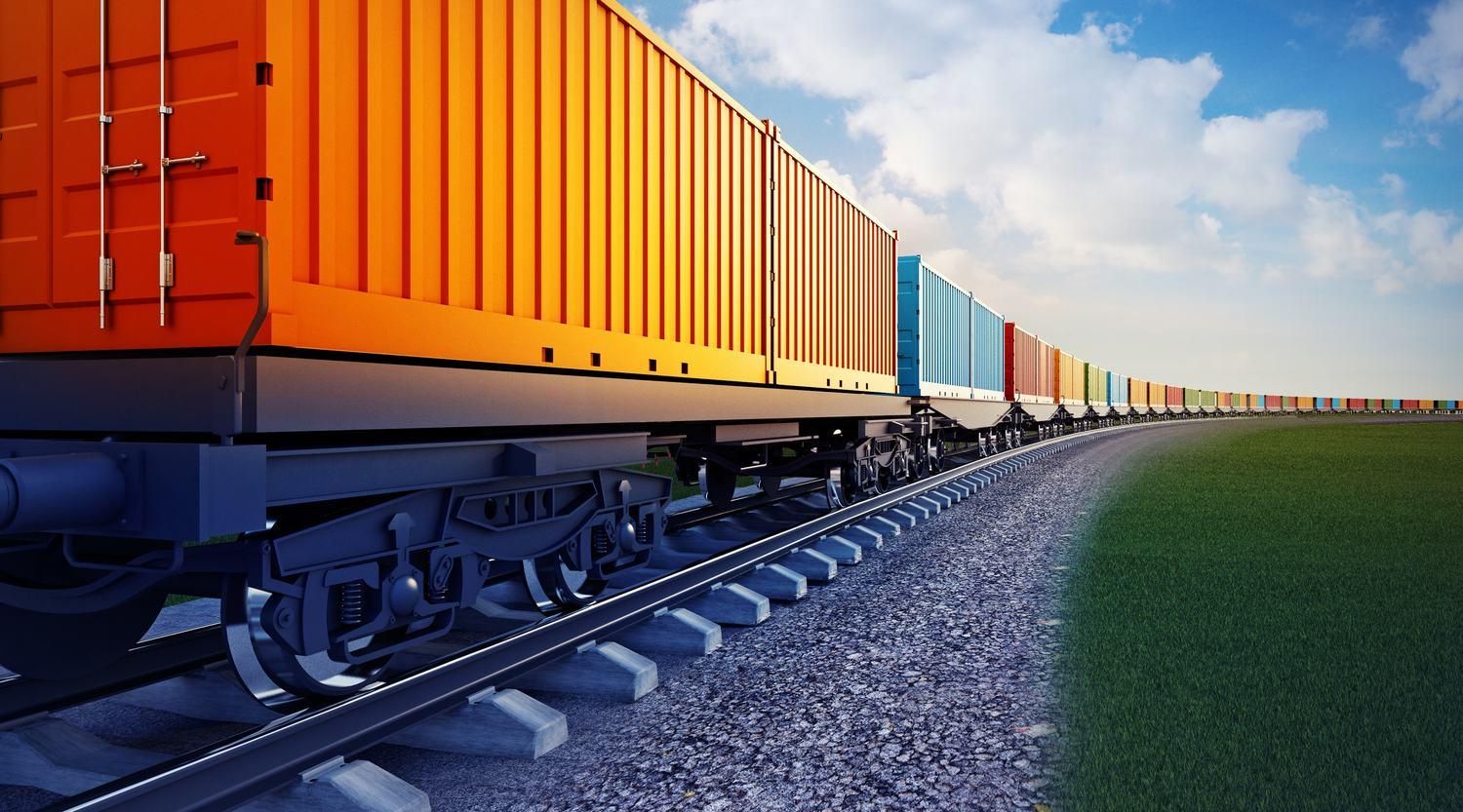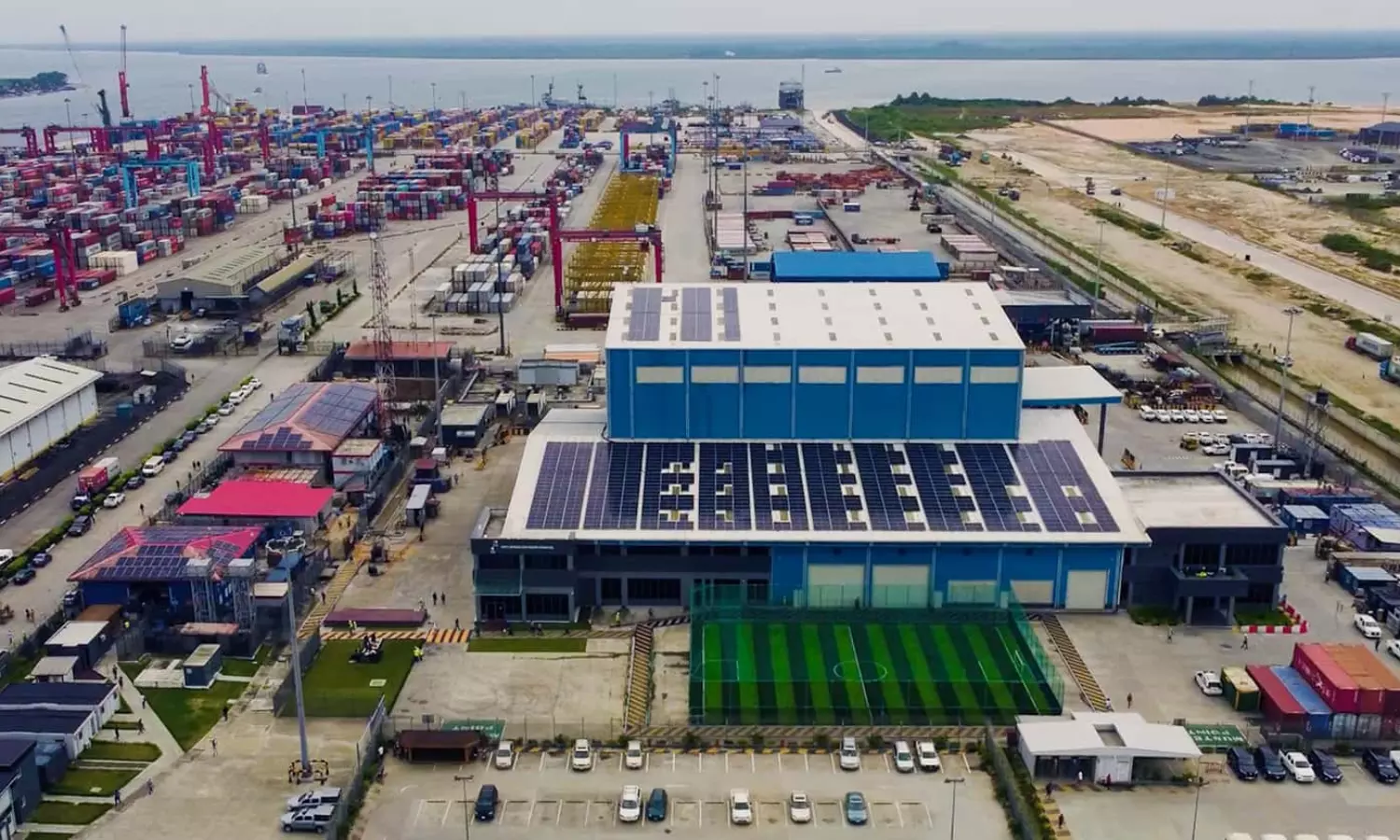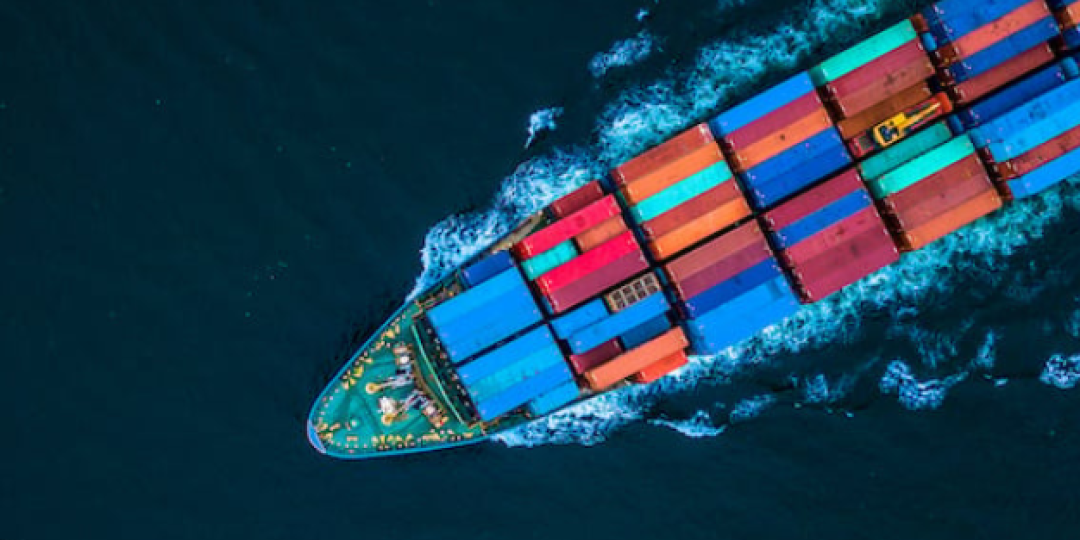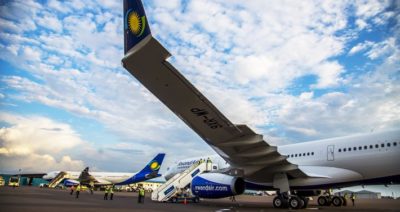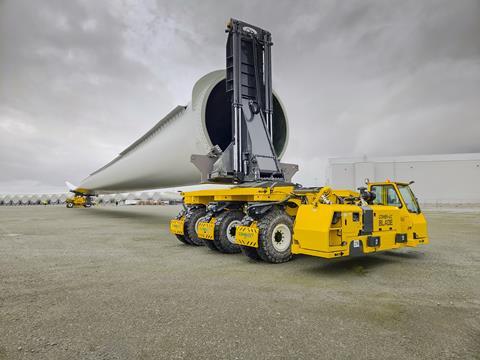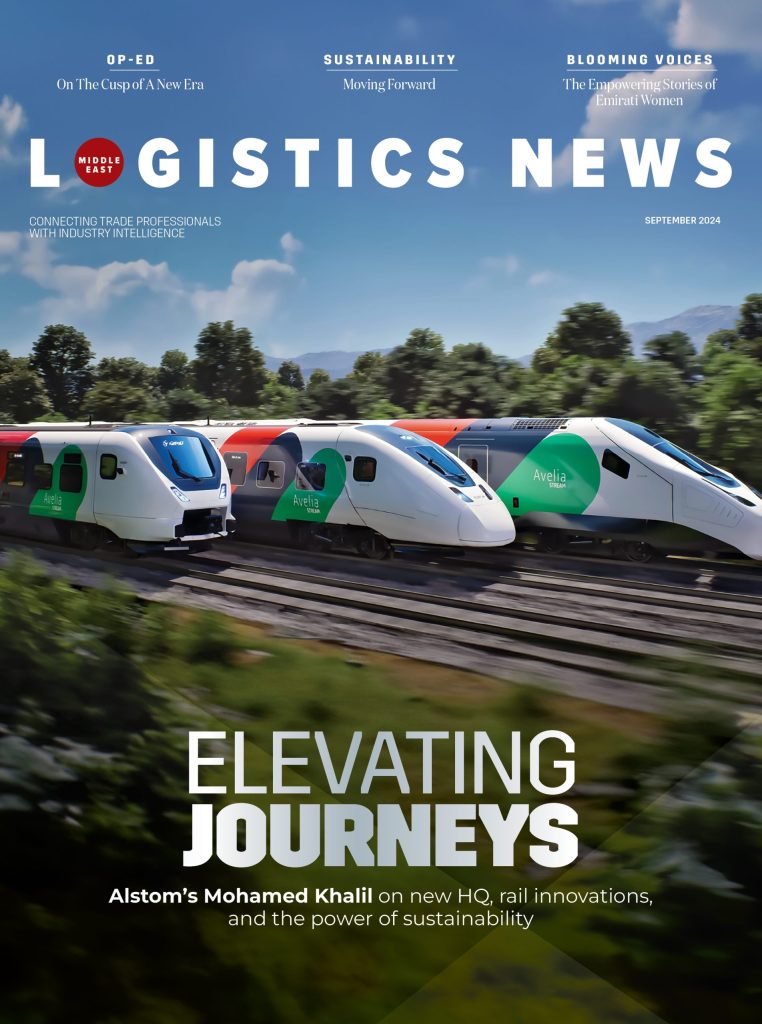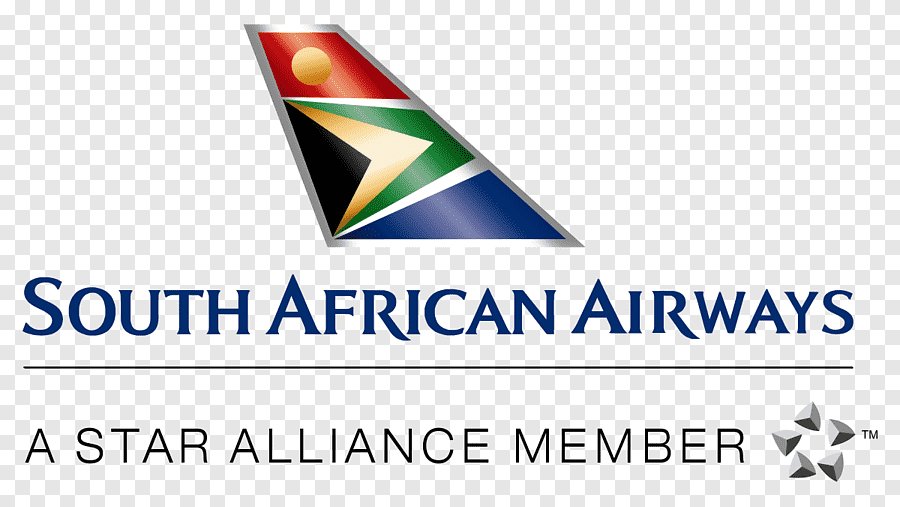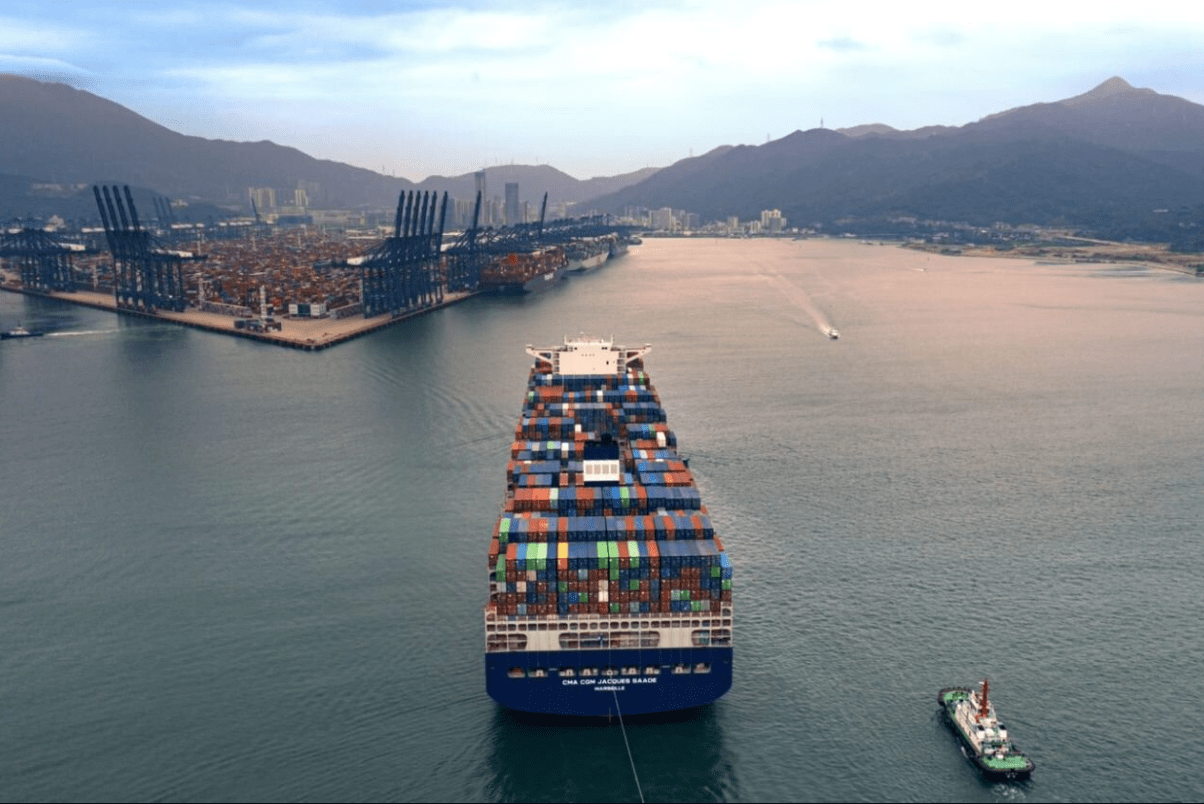Logistic

Association encourages road-rail integration

He proposes a hub-and-spoke model, in which rail would be the logistics backbone for transporting the bulk of the country’s minerals, and bulk goods, from inland production hubs to ports or manufacturing zones, while road freight would handle the critical “first- and last-mile” connectivity between mines, agricultural areas or factories, and the larger rail network.
This synergy will leverage the strengths of every mode, with rail providing efficiency over long distances and road transport flexibility and reach.
For over two decades, the RFA has consistently advocated for a more integrated and efficient national logistics network, Kelly adds, noting that the core of this vision is a symbiotic relationship between road and rail, in which each sector plays to its strengths to support South Africa’s economic growth and global trade competitiveness.
“For this to succeed, significant investment needs to be injected into intermodal facilities, the streamlining of operational coordination between road and rail operators, and shared commitments [to] . . . a national multi-modal logistics strategy.”
To overcome the current shortcomings of South Africa’s rail system, the private sector can play a key role in transforming it, with the RFA supporting government’s initiative to open access to State-owned freight logistics group Transnet’s rail network for third-party operators.
While the RFA regards the potential involvement from the private sector in South Africa’s rail network as a positive and long-overdue development, Kelly adds that the RFA’s support is contingent on a cautious and thorough analysis of any contracts or authorities involved in its operation.
The association’s primary concerns regarding the involvement of the private sector pertain to operational factors. These include the state of existing rail infrastructure, such as routes and dual line capability; the adequacy of train sets; and the need for a clear and fair processes to adjudicate disputes between private-sector operators and Transnet.
Road Transport
South Africa’s deteriorating road network is a growing impediment to minerals exports, says Kelly.
In Mpumalanga, Limpopo and the Northern Cape – areas with high mining activity – roads are often not designed to handle the current volumes of heavy vehicles.
The RFA adds that delays on these routes could result in missed shipping deadlines, higher inventory costs and rising operational expenses, as a result of increased road-going vehicle wear and tear.
“Every hour a truck is delayed is a direct loss”, he states, adding that border inefficiencies add further pressure, while differing transport regulations, customs procedures and road-user changes across countries create confusion and delays.
However, while Kelly says local tax authority the South African Revenue Service’s (Sars’) customs office has made positive progress in its local processes, border posts – with manual processing methods, inconsistent hours and inadequate infrastructure – remain chokepoints for road-going hauliers.
He emphasises that the RFA supports initiatives such as the Southern African Development Community’s One-Stop Border Posts and harmonised standards, though progress towards realising these efficiencies is slow.
Nonetheless, technology is playing an increasingly important role in logistics, with real-time GPS-enabled tracking, route optimisation software and digital freight platforms improving efficiency, especially in minerals transport, where end-to-end traceability is vital.
However, many small operators lag behind because of high technology implementation costs and limited technical skills.
“Technology, on its own, does not solve an issue or challenge,” says Kelly, adding that the interoperability between systems and cybersecurity is also a concern that requires addressing as digital adoption expands.
Solutions
Dry ports and inland hubs offer a way of alleviating marine port congestion by handling customs clearance and cargo staging further inland.
These hubs allow for faster truck turnaround times and improve flexibility to reduce marine port congestion, shorten sea-going vessel turnaround times and create a more fluid and resilient supply chain.
Kelly adds that marine port modernisation efforts, such as upgrades to the ports of Durban and Richards Bay, in KwaZulu-Natal, and the development of the Nacala Corridor, in Mozambique, are welcome developments towards minerals logistics.
Further, public-private partnerships can play a key role in sustaining and adding further momentum to emboldened mineral logistics and export potential.
The RFA engages with the South African National Roads Agency, the Sars customs office and the Department of Transport on joint infrastructure investments, security initiatives and corridor performance monitoring, he adds.
However, Kelly says these collaborations need to be deepened and accelerated to address the scale of the challenges that South Africa is facing.
“A revitalised rail network with meaningful private-sector involvement is not seen as a threat to road freight, but as an essential partner that will alleviate pressure on the road infrastructure, reduce congestion and strengthen the entire logistics chain for the benefit of the national economy,” he concludes.





